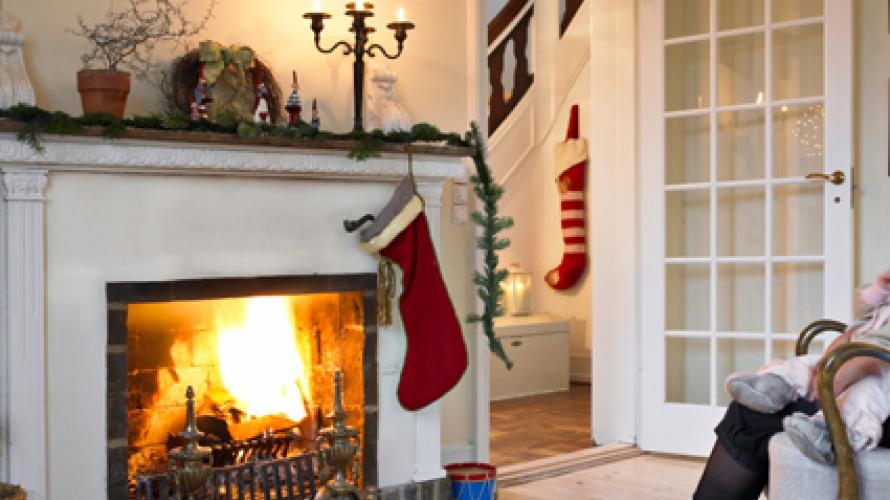
What is the study about?
Contact with the surface of glass fireplace doors has been a cause of burn injuries in children since the first reported case in 1998. Since that time, numerous studies have been conducted, which show that glass fireplace doors pose a danger to children and safety precautions such as hearth steps and hearth guards are necessary. As a result, beginning January 2015, safety standards will be mandated. However, since manufacturers will not be mandated to go back and put safety guards on products already installed in homes and businesses, this will not ensure that burn injuries from glass fireplace are prevented. The purpose of this study was to examine the incidence and severity of burns from contact with glass doors of gas fireplaces in patients treated at Shriners Hospital for Children® -Boston and to make possible recommendations for preventing such injuries.
What did the study find?
45 (90%) of the children had burns involving the palm of the hand. Bilateral (both palms) burns were present in 18 (36%) of the children. 6 (12%) of the children required hospital admission with an average of 5.8 days and 2 children (4%) required surgery. The children required 329 outpatient visits to the affiliated facility. There were 309 rehabilitation visits for all of the patients including inpatients and outpatients. 19 children (38%) were treated with splints and 6 (12%) required pressure garments. To date, none of the children in this series have undergone delayed reconstructive surgery. An average of 10 children per year presented to the Shriners Hospital for Children®-Boston for glass related burn injury. The prevalence of such injuries show that preventative measures such as educating the public using labels, telling parents that the glass remains hot even after the fire is shut off, encouraging more parental supervision, keeping switches out of children’s reach and the use of barriers should be encouraged.
How was the study conducted?
A retrospective chart review of all of the fireplace contact burns treated at Shriners Hospital for Children®-Boston from Jan 1, 2007 through December 31, 2011 was conducted. Those patients with injuries from glass doors for gas or electric fireplaces were included in the chart review. Cases where the mechanism of injury was unclear were excluded. Additionally, injuries caused by wood-burning fireplaces or pellet stoves were excluded. 50 children met the inclusion criteria. Information gathered included burn date, circumstances of the burn, age, percentage BSA (burn surface area) burned, length of stay as an inpatient, treatment regimen, number of outpatient and therapy visits, and the number of children requiring splints and pressure garments.
Reference
Baryza, M. J., Hinson, M., Conway, J., & Ryan, C. M. (2013). Five-year experience with burns from glass fireplace doors in the pediatric population. Journal of Burn Care & Research, 34(6), 607-611.